Refine search
Actions for selected content:
23 results

Ancient Assyrians
- Identity and Society in Antiquity and Beyond
-
- Published online:
- 09 October 2025
- Print publication:
- 23 October 2025
Chapter 1 - Ovid’s Response
- from Part I - Responding to Exile
-
- Book:
- Medieval Responses to Ovid's Exile
- Published online:
- 27 May 2025
- Print publication:
- 12 June 2025, pp 29-48
-
- Chapter
- Export citation
Chapter 4 - Anthropologies of the Mechanical Arts
-
- Book:
- Satire, Instruction and Useful Knowledge in Eighteenth-Century Britain
- Published online:
- 24 April 2025
- Print publication:
- 08 May 2025, pp 84-108
-
- Chapter
-
- You have access
- Open access
- Export citation
1 - Pre-Christian Marriage Ritual in the Mediterranean World
- from Part I - The Christianization of Ancient Marriage Ritual
-
- Book:
- Marriage in Byzantium
- Published online:
- 01 May 2025
- Print publication:
- 23 January 2025, pp 13-48
-
- Chapter
- Export citation
2 - Law as Text
-
-
- Book:
- The Cambridge Comparative History of Ancient Law
- Published online:
- 09 May 2024
- Print publication:
- 30 May 2024, pp 20-72
-
- Chapter
- Export citation
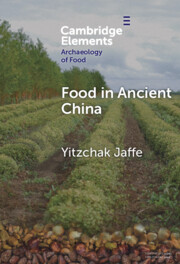
Food in Ancient China
-
- Published online:
- 01 December 2023
- Print publication:
- 21 December 2023
-
- Element
- Export citation
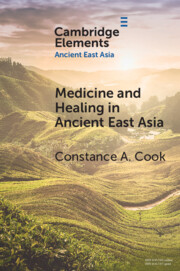
Medicine and Healing in Ancient East Asia
- A View from Excavated Texts
-
- Published online:
- 24 August 2023
- Print publication:
- 28 September 2023
-
- Element
-
- You have access
- Open access
- HTML
- Export citation
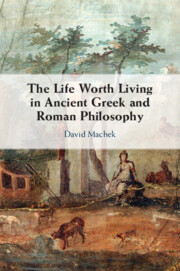
The Life Worth Living in Ancient Greek and Roman Philosophy
-
- Published online:
- 29 April 2023
- Print publication:
- 27 April 2023
Conclusions
-
- Book:
- The Life Worth Living in Ancient Greek and Roman Philosophy
- Published online:
- 29 April 2023
- Print publication:
- 27 April 2023, pp 224-232
-
- Chapter
- Export citation
Introduction
-
- Book:
- The Life Worth Living in Ancient Greek and Roman Philosophy
- Published online:
- 29 April 2023
- Print publication:
- 27 April 2023, pp 1-33
-
- Chapter
- Export citation
Chapter 1 - Hesiod, Virgil and the Ambitions of Georgic
- from Part I - Turnings
-
-
- Book:
- A History of English Georgic Writing
- Published online:
- 01 December 2022
- Print publication:
- 15 December 2022, pp 39-56
-
- Chapter
- Export citation
The Agricultural Background of the Harvest Logion in Matthew 9.37–8 and Luke (Q) 10.2
-
- Journal:
- New Testament Studies / Volume 69 / Issue 1 / January 2023
- Published online by Cambridge University Press:
- 06 December 2022, pp. 57-75
- Print publication:
- January 2023
-
- Article
-
- You have access
- Open access
- HTML
- Export citation
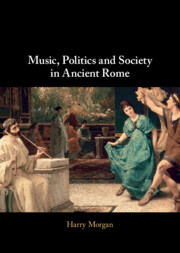
Music, Politics and Society in Ancient Rome
-
- Published online:
- 24 November 2022
- Print publication:
- 08 December 2022
Aural myiasis in Ancient Rome: Celsus and the ear maggots
-
- Journal:
- The Journal of Laryngology & Otology / Volume 137 / Issue 12 / December 2023
- Published online by Cambridge University Press:
- 24 November 2022, pp. 1345-1348
- Print publication:
- December 2023
-
- Article
- Export citation
1 - Sehet an die Exempel der Alten
- from Part I - Enlightenment Perspectives
-
-
- Book:
- Telemann Studies
- Published online:
- 14 July 2022
- Print publication:
- 04 August 2022, pp 3-38
-
- Chapter
- Export citation
1 - The Emotional Foundations of Racialized Slavery
-
- Book:
- She Is Weeping
- Published online:
- 03 November 2021
- Print publication:
- 18 November 2021, pp 1-48
-
- Chapter
-
- You have access
- HTML
- Export citation
Chapter 2 - Stesichorus and the Name Game
- from Part I - Archaic and Classical Poetics
-
-
- Book:
- Reception in the Greco-Roman World
- Published online:
- 05 June 2021
- Print publication:
- 27 May 2021, pp 48-71
-
- Chapter
- Export citation
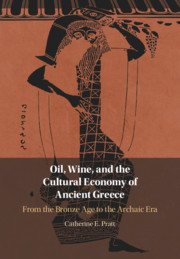
Oil, Wine, and the Cultural Economy of Ancient Greece
- From the Bronze Age to the Archaic Era
-
- Published online:
- 19 March 2021
- Print publication:
- 18 March 2021
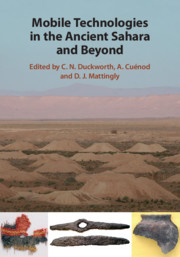
Mobile Technologies in the Ancient Sahara and Beyond
-
- Published online:
- 18 September 2020
- Print publication:
- 03 September 2020
2 - Indigenous Historic Trade in the Western Hemisphere
- from Part I - Indigenous Peoples and International Trade and Investment
-
-
- Book:
- Indigenous Peoples and International Trade
- Published online:
- 11 June 2020
- Print publication:
- 18 June 2020, pp 43-66
-
- Chapter
- Export citation
